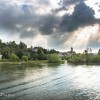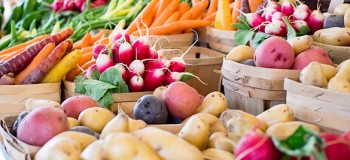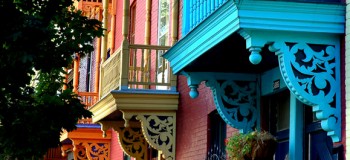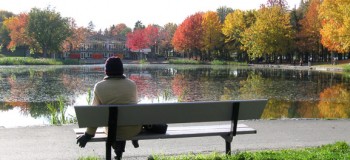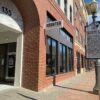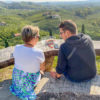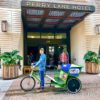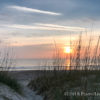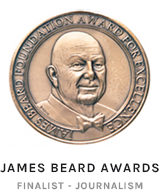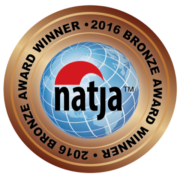Rum Run in the Dominican Republic
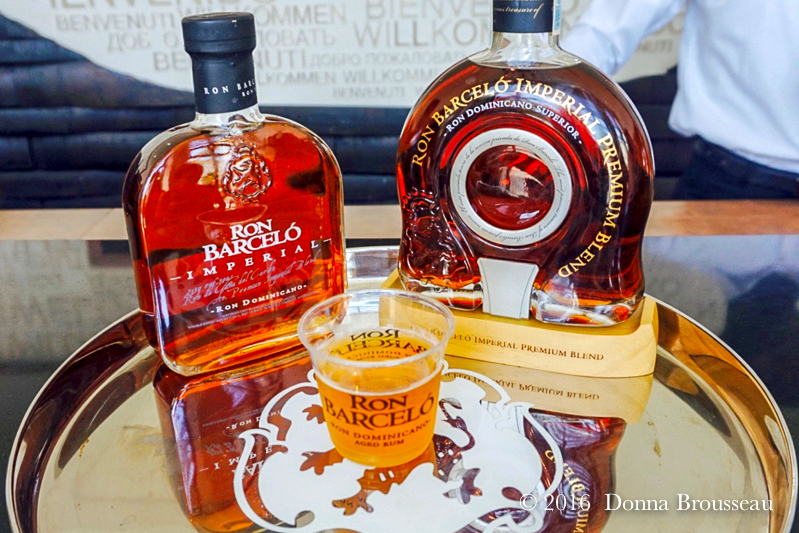
Rum has a long and sometimes sordid history in the Dominican Republic, loaded with drunken pirates, buccaneers, prohibition, falsified spirits, taxes, and civil wars. Sounds like the perfect place to learn about rum. Let’s go!
The Making of Ron Barceló
None of this history scared off a young Julián Barceló from Spain when, in 1929, he jumped head first into the colorful fray and launched Barceló & Co. with three of his brothers. He soon began producing two of his first rums, “Jacas” and “Carta Real” and selling them throughout the country. After working nonstop for over a year, all of their hard work was destroyed when the San Zenon cyclone barreled through. It was one of the worst disasters in the Dominican, killing over 8,000 people. Defeated, his brother Andres pulled up stakes and moved to Puerto Rico, leaving Julián and his remaining brothers to pick up the pieces.
Rebuilding from scratch was hard, backbreaking work, but that is exactly what they did. Julián even fired up his old Model Ford and took to promoting and selling their rum throughout the country to pump up business. Recover it did, becoming one of the top producers of rum in the Dominican, and the 4th largest exporter to over 50 countries. Not just any rum, award-winning rum that many consider the best in the country.
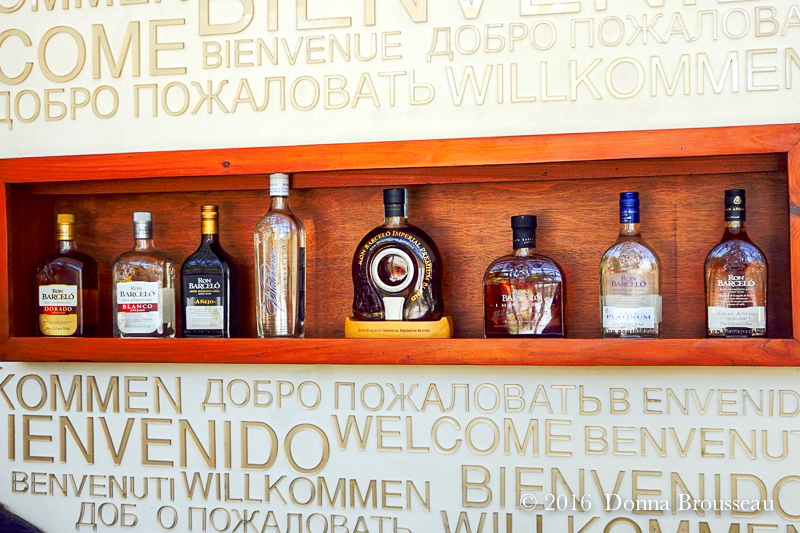
Ron Barceló brand rums
With its colorful history, how could I resist an invitation to tour the Ron Barceló factory, still in operation, and its museum? Did I mention that several tastings were part of the tour?
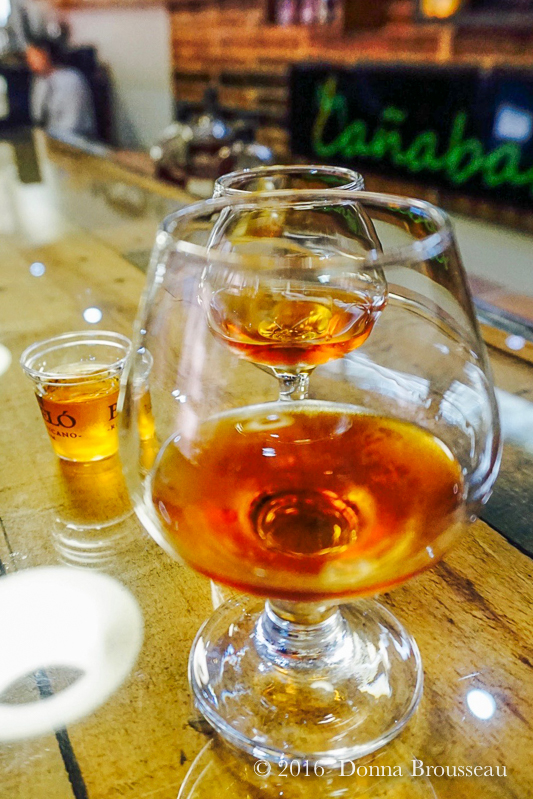
An important part of the tour
Nestled on the eastern bank of the Ozama River, near San Pedro de Macoris, the factory opened to the public in 2012. We were met in the modern and rum lined lobby with a cubra libre, also known as a rum & coke. It sounds a whole lot sexier in Spanish – nothing like starting off a tour with a drink in hand.
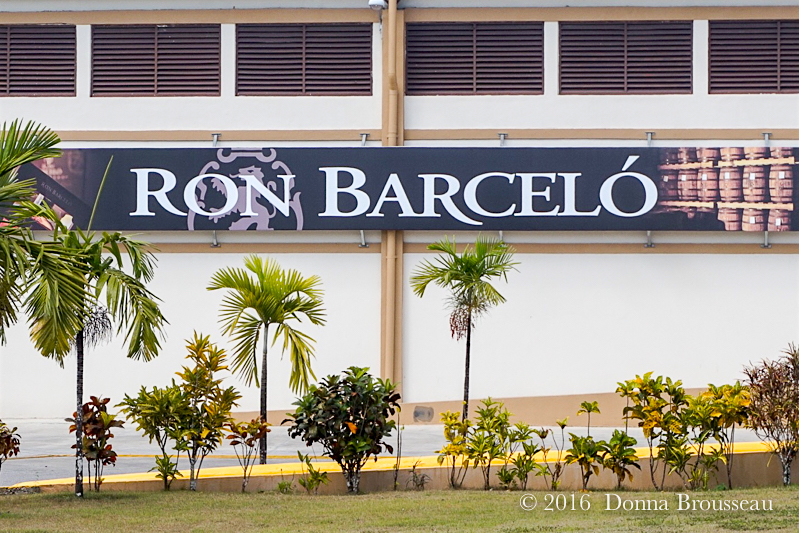
Ron Barceló factory
To comply with the Dominican Rum regulations, rum producers must harvest the sugar cane, ferment, distill, and age the alcohol in oak barrels for a minimum of one year, all within the Dominican Republic. Although today, over 90 percent of the world’s rum is made from molasses, at Ron Barceló, only sugar cane is used and often their rums are aged much longer than the mandatory year. Our first stop was the rum aging area, barrels upon barrels, stacked floor to ceiling. The Rum Master tastes the rum, at a small barrel table, to assess the quality throughout the aging process. Paul, our passionate and knowledgeable tour guide, took us through the process of making rum from start to finish.
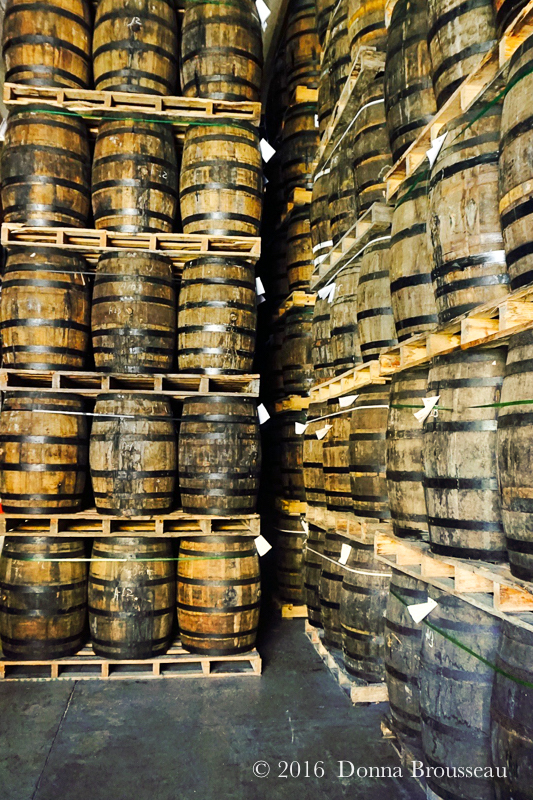
Aging room
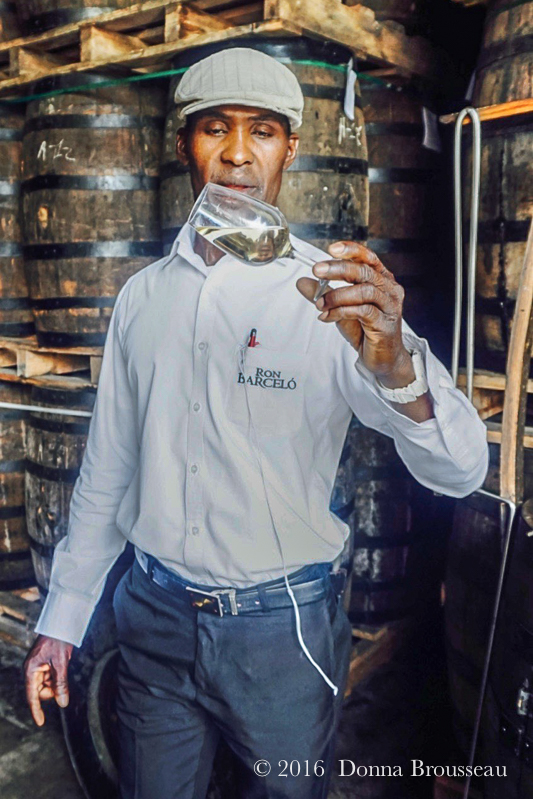
Checking and tasting the rum with Paul
Rum comes in many colors, however all distilled spirits are originally clear. The final color depends on the amount of time the rum spends in oak. Aging rum in a wooden barrel does more than add color – it makes the rum smoother and can impart flavors such as caramel, vanilla, and spice.
After learning about the aging process, we entered the area where the barrels are assembled, fixed. All the barrels at Ron Barceló are American oak barrels from Kentucky that have been used to age bourbon. We watched the barrels set ablaze with bourbon soaked shavings. Paul explained that this charring impacts the taste of the rum, allowing the spirit to penetrate the oak pores and absorbs the sulfur compounds.
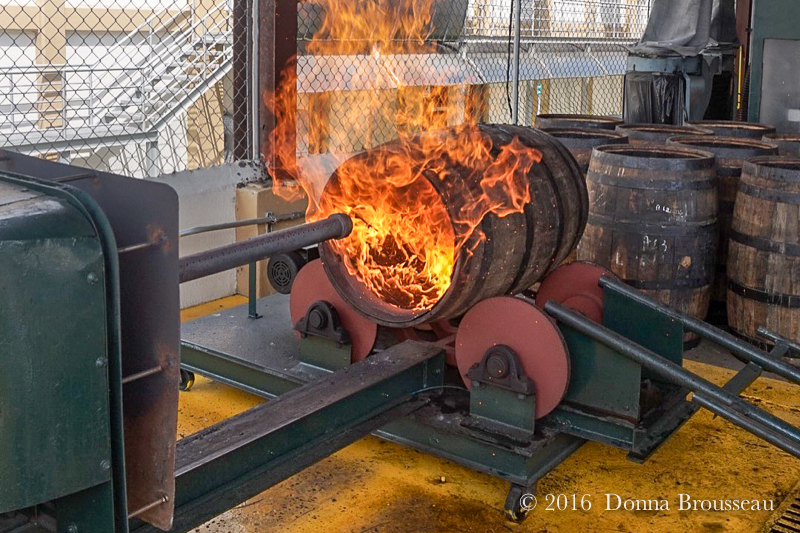
Charring the barrels
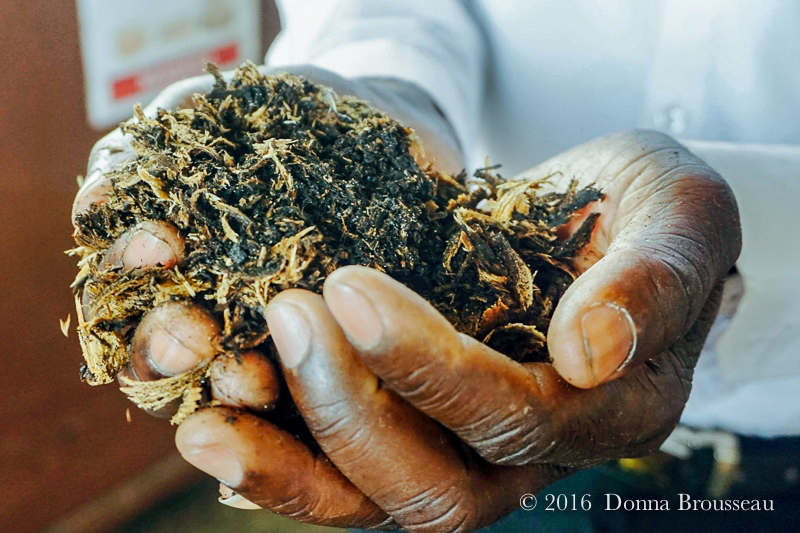
Bourbon soaked shavings
The Barceló brand produces eight rums ranging from a clear Blanco, perfect for making cocktails, a rum cream that slips perfectly into your morning coffee, and the exquisite Barceló Imperial Premium Blend.
Interestingly, several artifacts dating back centuries, including an anchor reportedly from one of Christopher Columbus’ ships, were on display at the museum. Be sure not to miss the lesson on the history of rum making in the Dominican Republic.
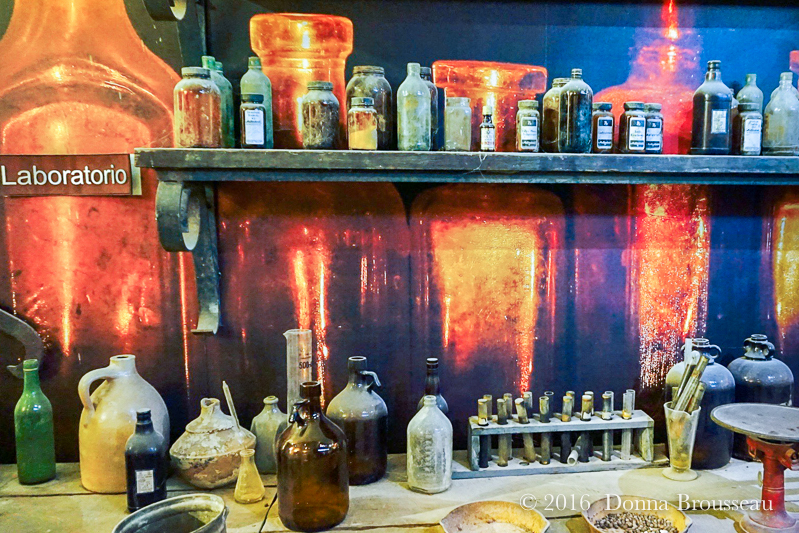
The science of making rum
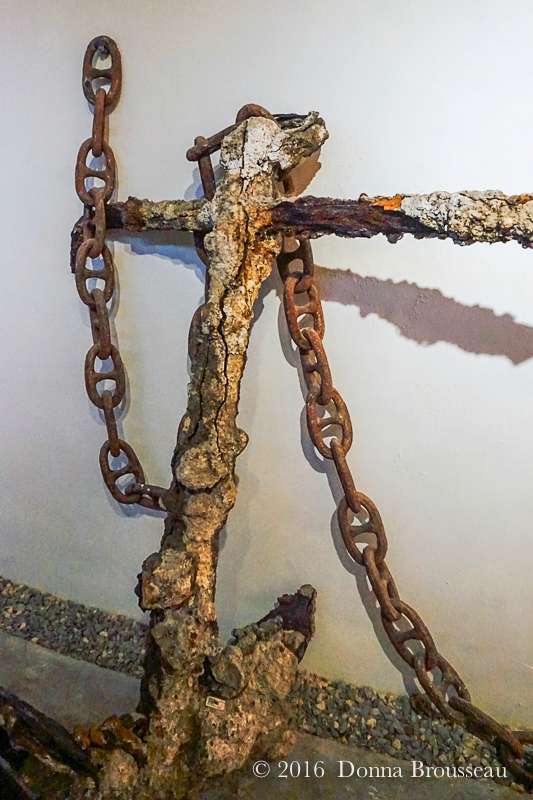
Artifacts at the museum
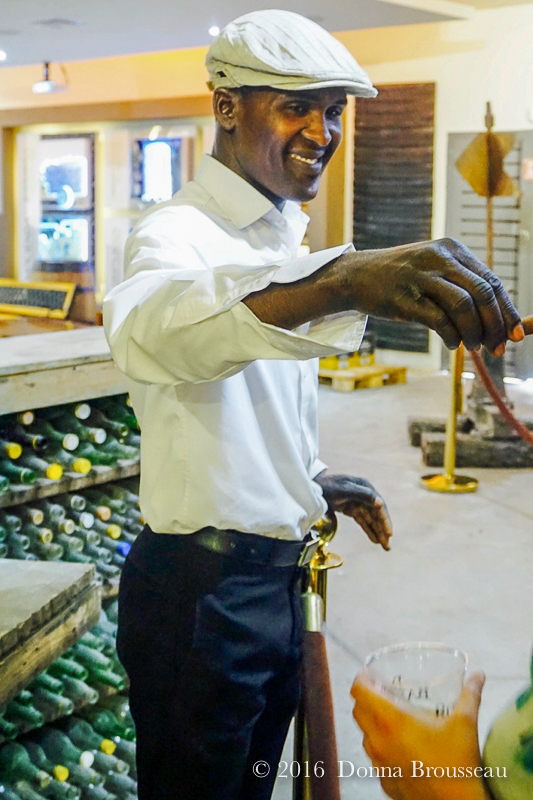
Visiting the museum
We finished up with the pièce de résistance – the tasting. Similar to a wine tasting, the rums are evaluated on color, body, bouquet, and, of course, taste. Starting from the lightest, the Blanco and the Dorado, to the heaviest, the Barceló Imperial Premium Blend 30 Aniversario. I loved them all, of course, but adored the Imperial Premium Blend with its aromas of chocolate, vanilla and tobacco, and long lingering finish of caramel. “That dark object of desire,” which I was lucky enough to acquire on my way out.
Rum glow on, bottle in hand, it was time to head back to town. Now where is that bus?
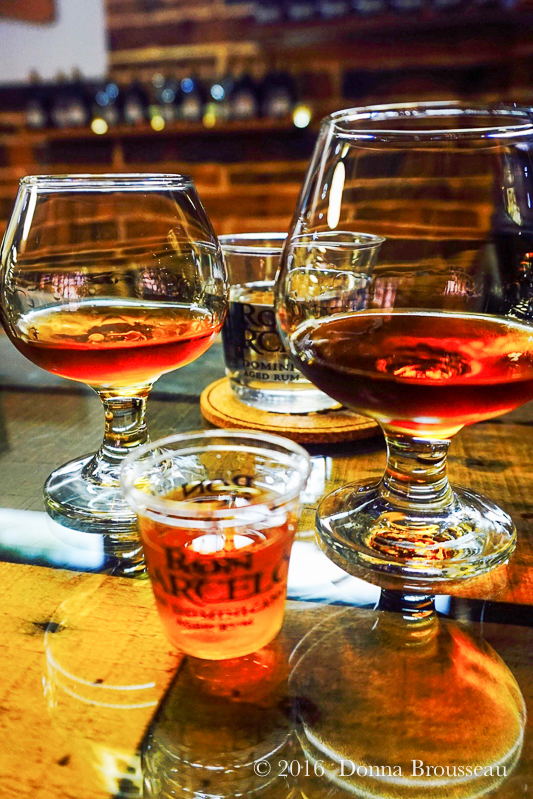
Rum tasting

This content is protected under International Copyright Laws. Pratesi Living provides this content to its readers for their personal use. No part (text or images) may be copied or reproduced, in whole or in part, without the express written permission of PratesiLiving.com. All rights reserved.
Disclosure – Donna was a guest of the Dominican Republic Ministry of Tourism. She was not compensated for writing this article and the opinions expressed are her own.
